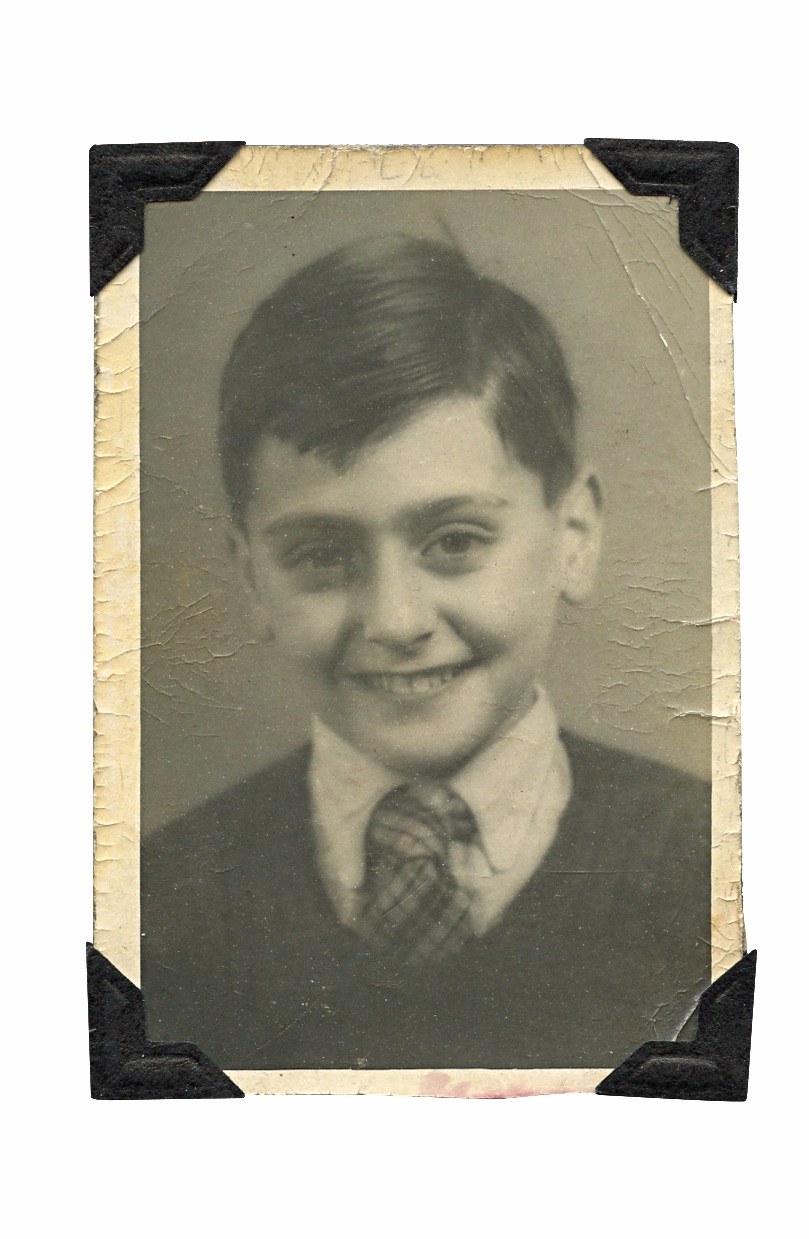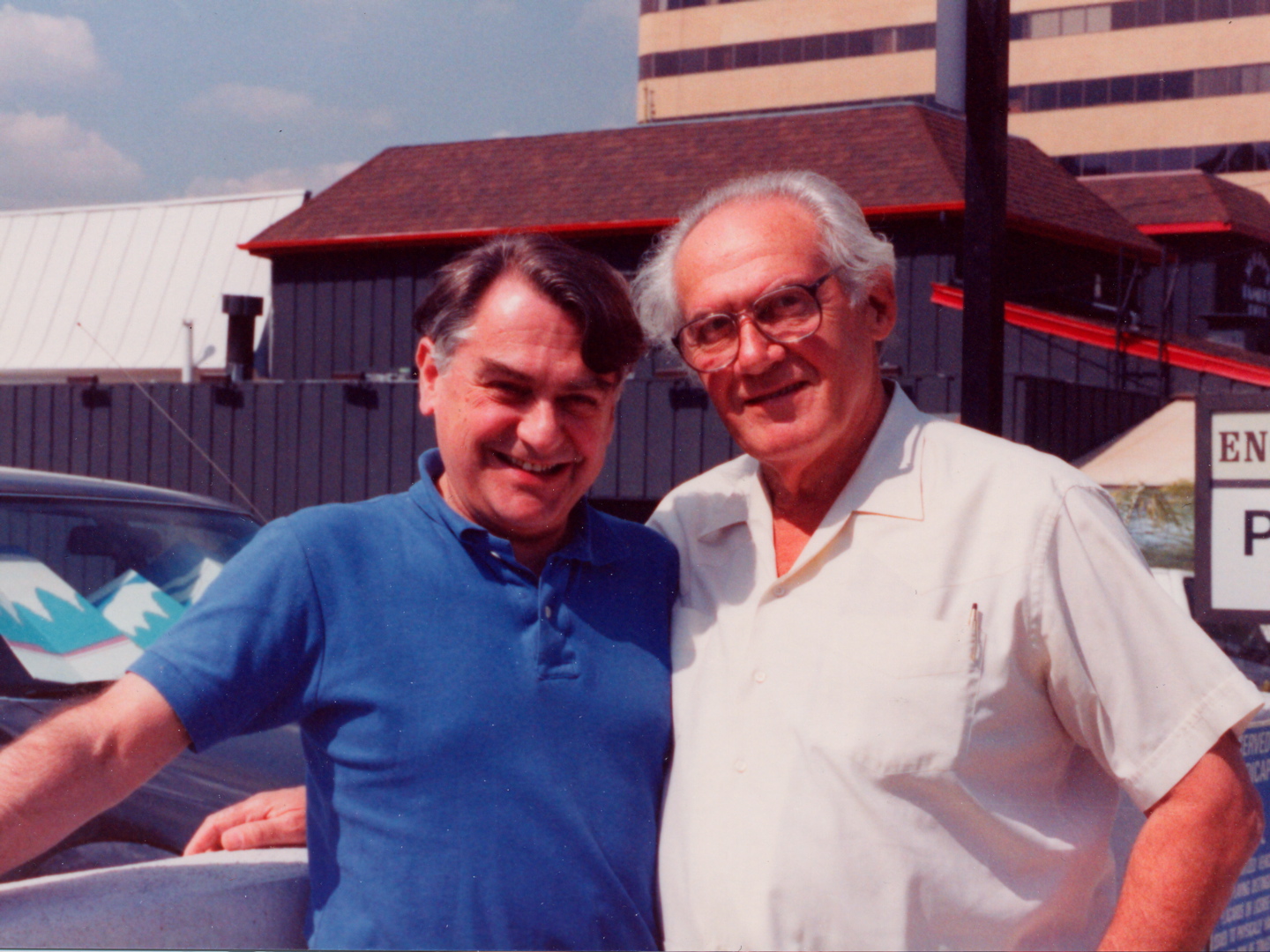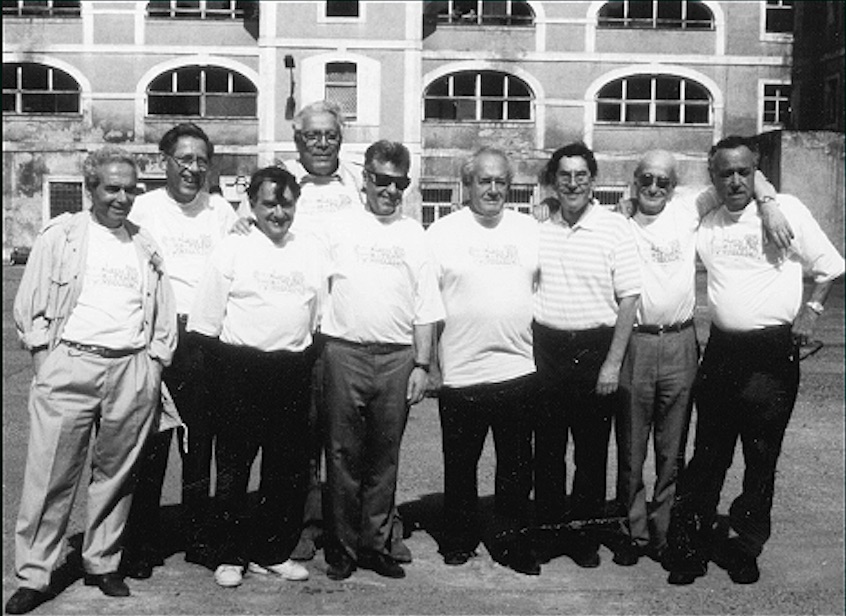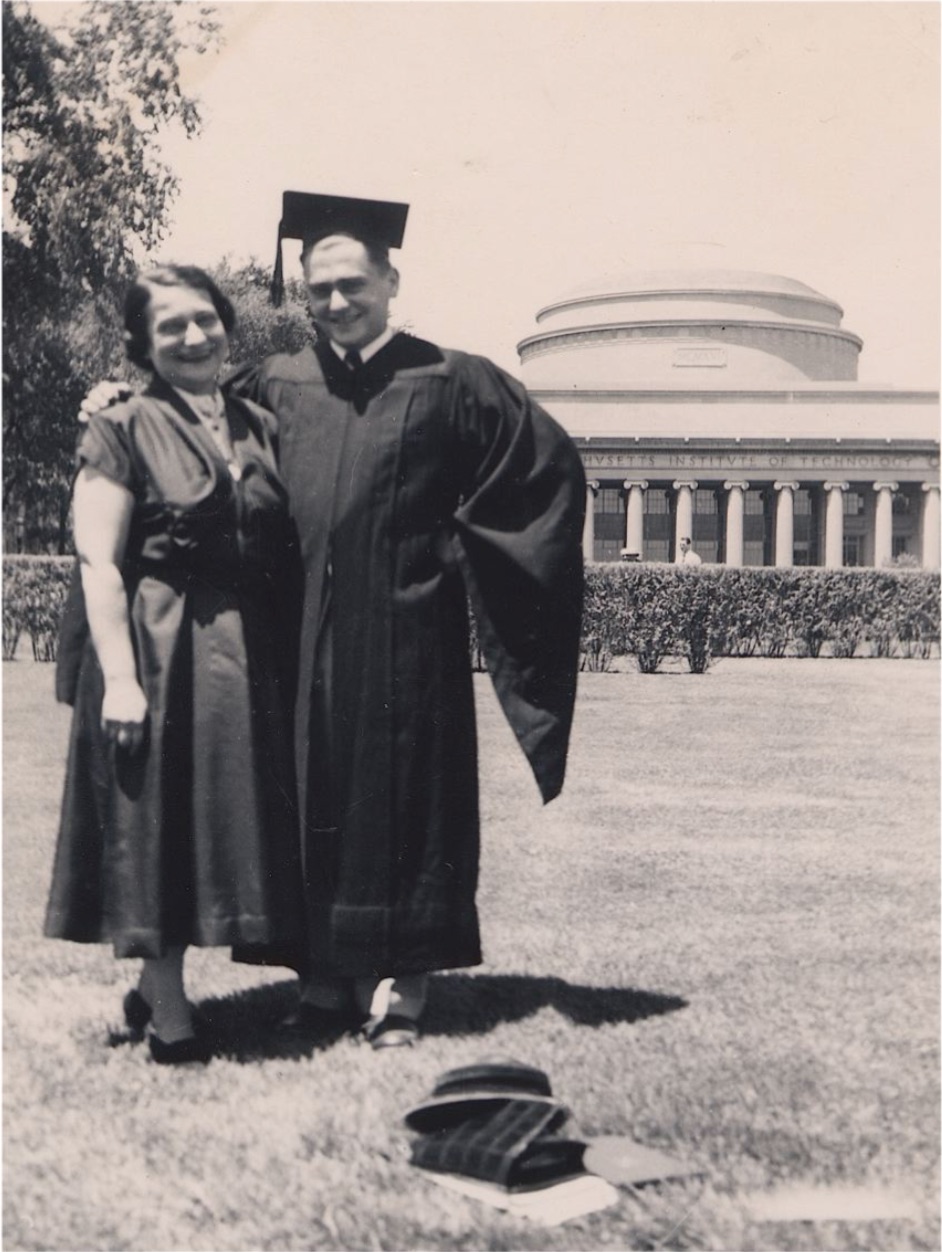 On a cold November morning in 1942, a twelve-year old boy exits a train with his mother and sister and forms a line with hundreds of other men, women, and children of all ages. They’re forced to march down the main street of the town and across a small bridge, up to a vast red brick wall with an arched gateway. It’s the young boy’s first glimpse of Terezin, and yet he’s not afraid. In a way, he’s glad to have left Prague behind him, the place where the Nazis took his father away forever, where Jewish children are banned from parks, schools, and cinemas, forced to wear yellow stars, and assaulted just for being Jewish. Even playing sports is forbidden, and it’s been over a year since he played soccer, his favorite sport. Life in Prague has become unbearable, so maybe life in Terezin won’t be so bad.
On a cold November morning in 1942, a twelve-year old boy exits a train with his mother and sister and forms a line with hundreds of other men, women, and children of all ages. They’re forced to march down the main street of the town and across a small bridge, up to a vast red brick wall with an arched gateway. It’s the young boy’s first glimpse of Terezin, and yet he’s not afraid. In a way, he’s glad to have left Prague behind him, the place where the Nazis took his father away forever, where Jewish children are banned from parks, schools, and cinemas, forced to wear yellow stars, and assaulted just for being Jewish. Even playing sports is forbidden, and it’s been over a year since he played soccer, his favorite sport. Life in Prague has become unbearable, so maybe life in Terezin won’t be so bad.
The young boy’s name is Michael Gruenbaum, and his story is the subject of a
deeply moving, compelling, and powerful memoir, Somewhere There is Still a Sun. Most of the book chronicles the three years that Michael, his mother Margaret, and his
sister Marietta were forced to live in the Terezin ghetto and concentration camp.
They arrived at the camp on November 20, 1942, along with thousands of other Jews
from Prague. This was almost a year after Michael’s father Karl, a prominent lawyer in Prague, was arrested and executed by the Nazis. Exhausted from months of grief, sadness, and ever-increasing restrictions, Michael felt a strange sense of relief to be leaving Prague.

Upon arriving at Terezin, Michael was sent to live in barrack L417, one of the designated Children’s Homes. He lived in Room Seven, with about forty other boys and Franta Maier, their madrich, or youth counselor. Franta was in his early twenties, but already displayed remarkable qualities of
leadership and compassion, and his dedication to the boys under his care was truly extraordinary. In addition to keeping the boys on a structured daily schedule, supervising their undercover education, and ensuring they kept themselves and their room clean, Franta fostered a strong sense of community among the boys and provided them with the care and
emotional support they so badly needed.
The relationships Michael had with the other boys and with Franta is one of the most powerful aspects of Somewhere There is Still a Sun. The boys in Michael’s room called themselves the Nesharim, the Hebrew word for eagles, and they even had a special cheer. Michael struggled to adjust to life in Terezin, and initially found it challenging to fit in with the Nesharim. In time, he truly became part of the Nesharim family and developed close friendships with the other boys and with Franta.

But they lived a truly precarious existence in Terezin, where the threat of transports to the East was always present. One day Michael would be playing soccer and tending the gardens with the other Nesharim, and then the next day some of his friends would be sent away on a transport. The book so vividly illustrates the friendships Michael developed with the Nesharim, and that makes it all the more upsetting to read about Michael’s friends
getting sent away on transports.
Another extraordinary part of the book is the way that Michael, Margaret, and Marietta were miraculously spared from the transports multiple times. This was in large part due to his mother’s determination to do everything in her power to save her children.
The family was placed on transports several times, but Michael’s mother managed to get them removed from each of these transports. In the end, it was Margaret’s heroic persistence, her unparalleled talent for making teddy bears, and a remarkable stroke of luck that saved them.
I’ve read many accounts of life in Terezin, but Somewhere There is Still a Sun stands out for the way it depicts everyday life in Terezin in such vivid and poignant detail. It painted such a clear picture in my mind of what it was truly like to be a child living in Terezin, from the daily routines, to the close relationships the children fostered, to the incredibly important role Franta and the other counselors and teachers played in the lives of these children.

Michael’s memoir has the power to help readers begin to understand the realities of life in Terezin and the impact that the ghetto had on the children who were forced to live there. It also gives us a powerful insight into heroic individuals like Franta Maier, who devoted themselves to helping the children there.
This is one of the most powerful lessons in Somewhere There is Still a Sun, that human kindness can endure in the darkest of circumstances and bring the light of hope to others.
The other lesson that stands out to me the most is the incredible resilience of the human spirit to endure and even triumph after surviving the most unspeakably terrifying
and horrific circumstances. We can see this resilience in the letter that Margaret wrote to some relatives who lived abroad, just a few days after she and her children were liberated from Terezin.
The final paragraph of her letter reads:
“We do not know yet how the future will shape up for us. None of our old friends are alive anymore. We do not know where we are going to live. Nothing! But somewhere in the world there is still a sun, mountains, the ocean, books, small clean apartments, and perhaps
the rebuilding of a new life.”

Michael, Margaret, and Marietta returned to Prague and worked incredibly hard to build a new life for themselves. But just three years later, Margaret realized that the
Communists were planning to take over the government and managed to flee the country with her children. They had to live in Cuba for two years to await their quota
number before finally being allowed into the United States, and soon after, Michael started his undergraduate studies at MIT.
And just eight years after being liberated from Terezin, Michael graduated from MIT with a civil engineering degree. On his graduation day, Michael posed in his cap and gown for a picture with his mother, who is beaming with pride. This photo is deeply moving, and is a powerful example of what rebuilding a new life really means.
After reading Somewhere There is Still a Sun, I’m filled with a deep sense of gratitude to Michael for sharing his story with the world, and I truly believe that anyone who reads his memoir will feel the same.